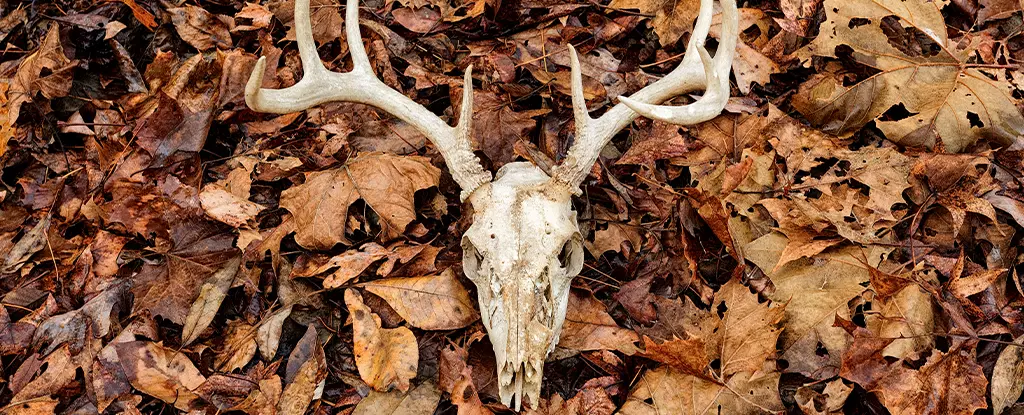In the serene landscapes of North America, a disturbing trend is emerging – Chronic Wasting Disease (CWD). Referred to as “zombie deer disease,” this neurological disorder is silently infiltrating deer populations, causing alarm among scientists, conservationists, and the general public. The condition manifests in a range of symptoms, including drooling, lethargy, stumbling, and a vacant stare. With over 800 cases of CWD detected in deer, elk, and moose samples in Wyoming alone, the scale and urgency of the issue become evident.
At the core of the CWD mystery are prions, misfolded proteins that induce normal proteins in the brain to misfold as well, resulting in neurological deterioration. Prion diseases pose a grave threat due to their resilience, persisting in the environment for prolonged periods and evading traditional disinfection methods like formaldehyde and incineration. The ecological and potential human health risks posed by the spread of CWD are significant.
While direct transmission of CWD to humans is not conclusively proven, the potential remains a cause for worry. Prion diseases have been known to cross species barriers, with devastating consequences. Past outbreaks, such as mad cow disease in Britain, resulted in massive culls and human deaths. Although no confirmed cases of CWD in humans exist, the risk is amplified by exposure through hunting and consumption of infected animals. The difficulty in detecting prion diseases in humans exacerbates the challenge of containment.
Beyond human health concerns, the spread of CWD poses threats to ecosystems and economies. Deer hunting, a vital recreational and sustenance activity, faces disruption, potentially leading to food insecurity in affected areas. The ecological balance, dependent on deer for vegetation dynamics and habitat modification, is at risk. The detection of CWD in wild deer in Europe serves as a stark reminder of the disease’s potential to expand its reach, necessitating international cooperation in disease control.
A comprehensive approach is crucial to combatting CWD. Enhanced surveillance, strict biosecurity measures, and responsible hunting practices are essential in curtailing transmission. Further research is needed to grasp the disease’s transmission patterns, ecological implications, and potential human health risks. By recognizing the interplay between ecosystems and human health, proactive measures can be taken to protect wildlife and human populations from the impending threat of CWD and similar zoonotic diseases.
The looming crisis of Chronic Wasting Disease highlights the urgency for proactive measures to safeguard the health of ecosystems and human populations. By heeding the warnings of experts and implementing decisive actions, we can work towards preserving the well-being of our planet and its inhabitants for future generations.


Leave a Reply